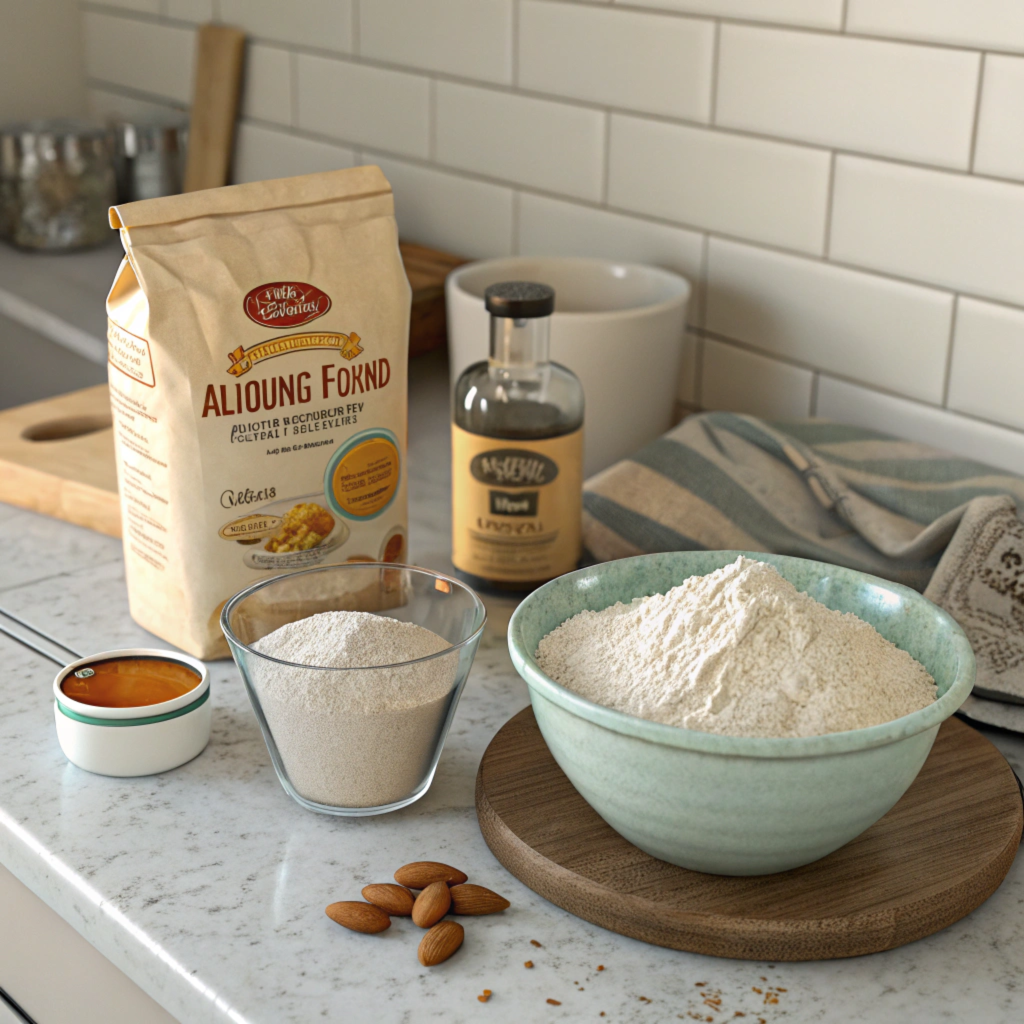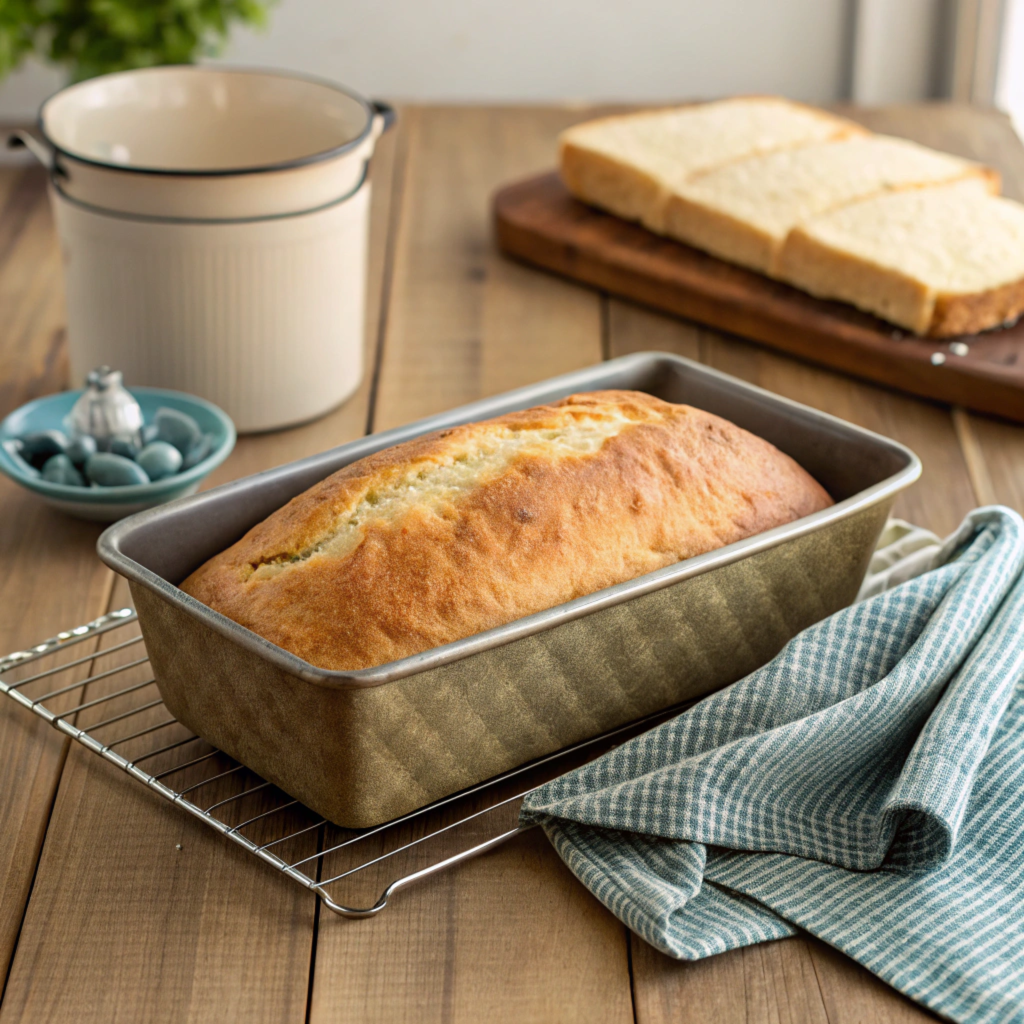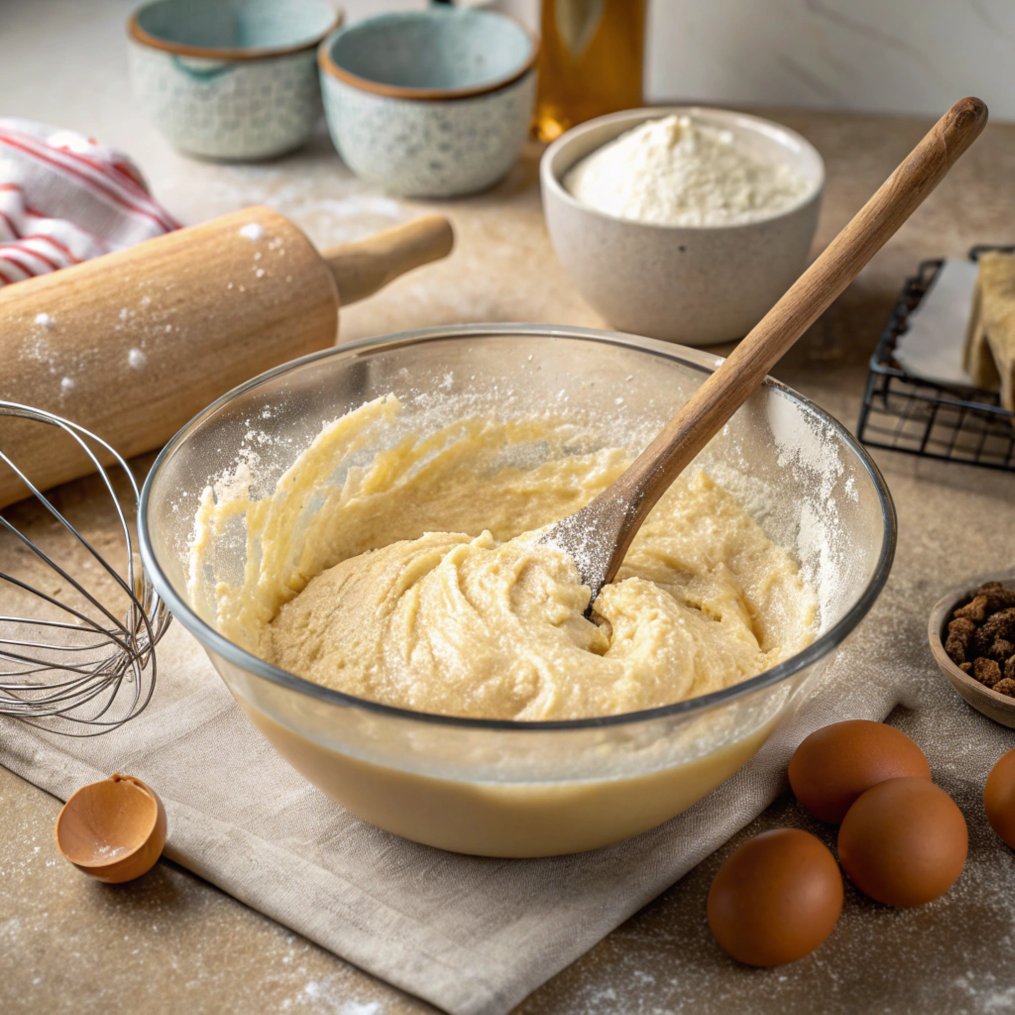Introduction
Gluten-free bread is a popular choice for people with gluten intolerance or celiac disease. It offers a safe and tasty alternative to regular bread. But it also appeals to health-conscious eaters who want variety in their diet.
This type of bread does not contain wheat, barley, or rye. Instead, it uses other flours like rice, almond, or tapioca. These ingredients create a unique flavor and texture.
More people are turning to gluten-free options. Some follow the diet by choice, while others do so out of necessity. This shift has led to better recipes and improved products in stores.
In this guide, we’ll explore everything about gluten-free bread. You’ll learn its benefits, key ingredients, baking tips, and top brands. Whether you’re new to gluten-free diets or looking for better options, this article will help.
Benefits of Gluten-Free Bread
Supports Digestive Health
Many people avoid gluten because it causes bloating, stomach pain, or fatigue. Gluten-free bread can ease these issues. It’s often lighter and easier to digest, making it ideal for sensitive stomachs.
Provides Nutritional Value
Gluten-free bread can be rich in fiber, vitamins, and minerals. Many brands use seeds, nuts, and whole grains. These ingredients boost nutrition and energy levels.
A Safe Option for Gluten Intolerance
For those with celiac disease, gluten triggers severe reactions. Gluten-free bread eliminates this risk. It provides a safe way to enjoy sandwiches and toast without worry.
Suitable for Many Diets
This type of bread fits well into various diets. It works for vegans, vegetarians, and even those avoiding dairy or soy. Its versatility adds to its growing popularity.
Ingredients in Gluten-Free Bread

Common Flours Used
Gluten-free bread relies on special flours. Rice flour is light and mild, making it a popular base. Almond flour adds protein and a nutty flavor. Tapioca flour improves texture and keeps bread soft.
Other options include coconut flour, chickpea flour, and oat flour. Each one offers unique benefits. Mixing flours often creates better results.
Binding Agents for Structure
Without gluten, bread needs help to hold its shape. Xanthan gum and guar gum work as binders. They add elasticity and prevent crumbling.
Some recipes use psyllium husk. It absorbs water and creates a dough-like feel. Eggs also act as binders in many recipes.
Additives for Better Texture
To improve taste and texture, bakers often add starches like potato or corn. These ingredients make bread softer and easier to slice.
Sugar or honey may enhance flavor. They also help the dough rise. Oils like olive or coconut keep bread moist and tender.
Gluten-Free Labels Matter
When buying pre-made bread, always check the label. Look for certified gluten-free symbols. This ensures the product is safe and free from cross-contamination.
How to Make Gluten-Free Bread

Gather the Right Ingredients
Start with gluten-free flour. Rice, almond, or oat flour work well. Use a binder like xanthan gum or psyllium husk to add structure. Baking powder and yeast help the dough rise.
Add a liquid, such as water or milk. Oils like olive or coconut keep the bread moist. For sweetness, honey or sugar balances flavors.
Mix the Dough Properly
Combine the dry ingredients first. This step ensures the flour, yeast, and binder mix evenly. Slowly add the liquids and stir until smooth.
Gluten-free dough is often sticky. Unlike regular dough, it doesn’t need kneading. Mixing until combined is enough.
Let the Dough Rise
Cover the dough with a cloth. Let it rest in a warm spot for 30–60 minutes. Rising time varies based on temperature and ingredients.
Check if it has doubled in size. If not, give it more time to rise.
Bake at the Right Temperature
Preheat the oven to 350°F (175°C). Pour the dough into a greased loaf pan. Bake for 45–50 minutes or until golden brown.
Check if it’s done by tapping the top. It should sound hollow. A toothpick should also come out clean.
Cool Before Slicing
Let the bread cool in the pan for 10 minutes. Then move it to a rack to cool completely. Cutting it too early may cause crumbling.
Challenges in Gluten-Free Baking

Handling Sticky Dough
Gluten-free dough is often sticky. This makes it harder to work with than regular dough. Adding extra flour may help, but too much can make the bread dry. Using wet hands or tools can prevent sticking.
Achieving the Right Texture
Getting the right texture is tricky. Gluten-free bread may turn out too dense or crumbly. Adding eggs, yogurt, or vinegar can improve softness. Mixing different flours also creates a better balance.
Keeping Bread Moist
Gluten-free bread dries out quickly. Adding oil, butter, or applesauce helps hold moisture. Storing it in an airtight container also keeps it fresh longer.
Improving Flavor
Some gluten-free flours taste bland. Adding spices, herbs, or seeds boosts flavor. Sweeteners like honey or maple syrup also improve taste without overpowering it.
Avoiding Flat Loaves
Without gluten, bread may not rise well. Proofing the dough in a warm spot helps. Using fresh yeast and baking powder ensures better lift.
Best Gluten-Free Bread Brands

Popular Store-Bought Options
Many stores now carry gluten-free bread. Brands like Udi’s, Schär, and Canyon Bakehouse are favorites. These options are widely available and taste close to regular bread.
Some brands focus on soft texture, while others add seeds and grains for extra crunch. Trying a few types can help find the best match for your taste.
Comparing Taste and Texture
Taste and texture vary by brand. Some breads feel light and fluffy, while others are dense. Udi’s is known for softness, while Schär offers a chewy bite.
For those who prefer hearty flavors, Canyon Bakehouse includes seeds and whole grains. Each brand works better for certain uses, like sandwiches or toast.
Price and Availability
Gluten-free bread costs more than regular options. Prices range from $4 to $7 per loaf. Larger grocery stores and specialty shops often have more choices.
Online shopping makes it easier to find specific brands. Many companies also sell directly through their websites.
Checking Labels for Quality
Always read the label before buying. Look for certified gluten-free symbols to avoid cross-contamination. Check for natural ingredients and avoid products with too many preservatives.
Frozen or Fresh?
Some gluten-free breads are sold frozen. Freezing helps preserve freshness and flavor. Thawing before eating restores texture, making frozen options just as tasty as fresh ones.
FAQs
Is Gluten-Free Bread Healthier?
Gluten-free bread can be healthier for some people. It often uses whole grains and seeds, adding fiber and nutrients. However, some brands may add sugar or preservatives, so it’s important to check labels.
Can I Freeze Gluten-Free Bread?
Yes, freezing gluten-free bread keeps it fresh longer. Wrap slices tightly and store them in freezer bags. Toasting or warming the slices after thawing restores their texture.
Why Does Gluten-Free Bread Crumble?
Gluten-free bread lacks the proteins that give regular bread elasticity. Adding binders like xanthan gum or eggs reduces crumbling. Proper storage in airtight containers also helps keep the bread firm.
How Long Does Gluten-Free Bread Last?
Store-bought gluten-free bread lasts about 3–5 days at room temperature. Refrigerating it extends shelf life, but freezing is best for long-term storage.
What Does Gluten-Free Bread Taste Like?
Gluten-free bread has a slightly different flavor and texture. Some varieties taste nutty, while others are light and neutral. Toasting often improves flavor and makes slices sturdier.
Can I Make Gluten-Free Bread Without Eggs?
Yes, you can make egg-free versions. Use flaxseed or chia seeds mixed with water as substitutes. Applesauce or mashed bananas also work for moisture and binding.
Conclusion
Gluten-free bread has grown in popularity for good reasons. It supports digestive health, fits many diets, and offers safe options for those with gluten sensitivity.
While baking gluten-free bread presents challenges, the right ingredients and techniques make it easier. Many store-bought options also offer great taste and texture.
Whether you bake at home or buy from stores, gluten-free bread is a delicious and healthy choice. Experiment with recipes or try different brands to find what works best for you.
The Rilia Recipes guide provides step-by-step instructions for creating a stunning Spiderman cake. It covers tools, ingredients, and techniques for baking, frosting, and decorating. The article includes tips for achieving bright colors, smooth finishes, and intricate web designs. It also suggests using fondant for 3D effects and adding themed toppers for a fun touch. Helpful FAQs and serving tips make it beginner-friendly. For detailed steps, visit the full guide here.
The article on Rilia Recipes provides a step-by-step guide to making a healthy turkey cabbage casserole with rice. It highlights key ingredients like ground turkey, cabbage, and tomato sauce, along with preparation and baking tips. It also suggests flavor variations, such as adding spices or cheese, and includes storage and reheating instructions for leftovers. For more details, visit the full recipe here.

